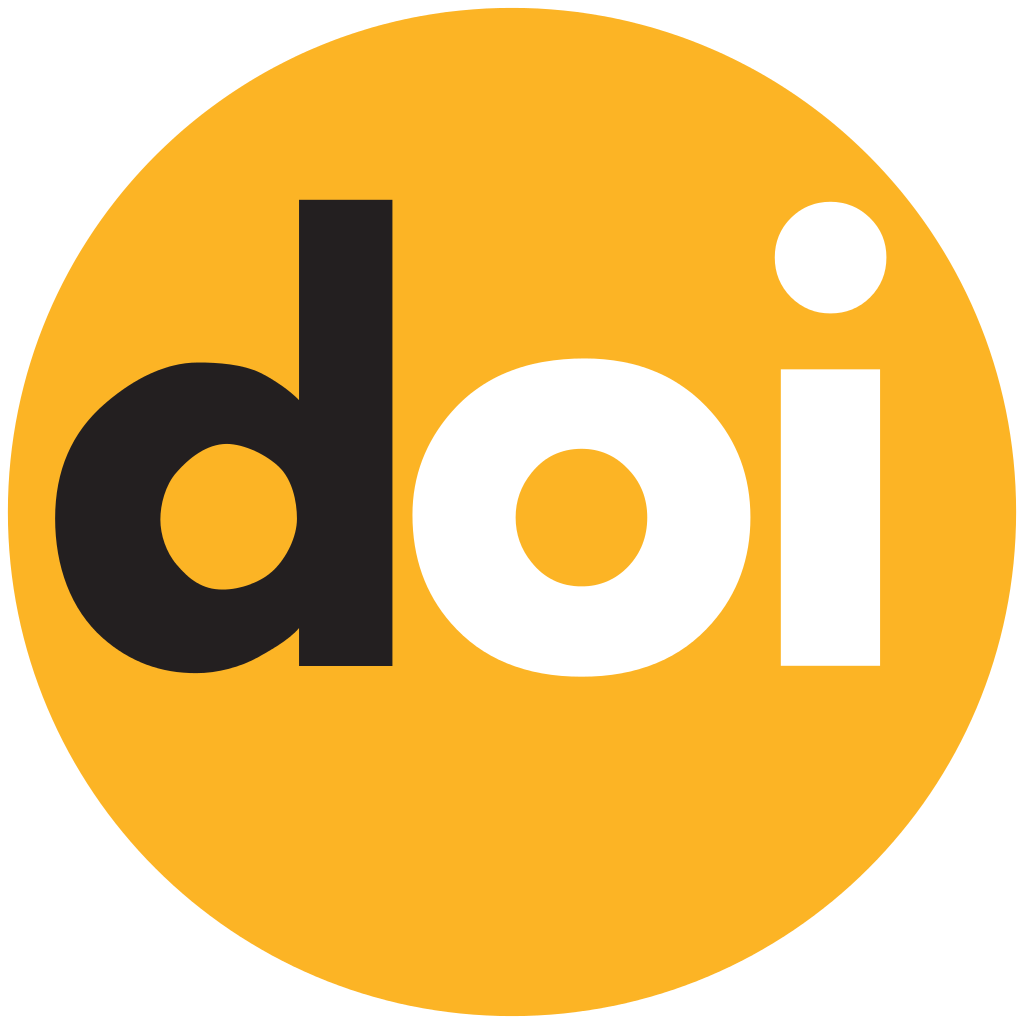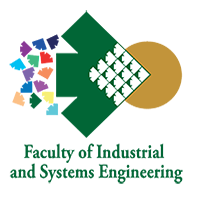Extracting The Workforce Learning Curve For Selected Iranian Manufacturing IndustriesExtracting The Workforce Learning Curve For Selected Iranian Manufacturing Industries
Abstract
key words: Learning Curve, Workforce Learning, Manufacturing Industries, Panel Data
In industrial economics, the learning curve illustrates that production costs decrease continuously as the number of production units increases. This is due to an improvement in the learning rate as production increases. The objective of this research is to explore the concept of the workforce learning curve in the Iranian manufacturing industry from 1996 to 2015. To achieve this, the study uses panel data econometric methods, specifically the Fixed Effects method, to extract the learning curve model for six industrial activities within Iran's economy. According to the results of the econometric model, it has been confirmed that the learning curve for the selected industries follows a quadratic model that is inverted U-shaped. Therefore, it is advisable to focus on increasing the level of production and utilizing economies of scale in these sub-sectors.
References
- [1] Wright, T. P. (1936). Factors affecting the cost of airplanes. Journal of the aeronautical sciences, 3(4), 122–128. https://doi.org/10.2514/8.155
- [2] Anzanello, M. J., & Fogliatto, F. S. (2011). Selecting the best clustering variables for grouping mass-customized products involving workers’ learning. International journal of production economics, 130(2), 268–276. https://doi.org/10.1016/j.ijpe.2011.01.009
- [3] Azad, S. N., Kashi, F. K., & Jahromi, E. R. (2017). Measuring The Effects of Learning’s Intensity and Scale Economies in Health Sector Cost of World Countries. Quarterly journal of applied theories of economics, 4(1), 173_196. file:///C:/Users/pajohesh3/Downloads/chkide%2020%20(1).pdf
- [4] Norani Azad, S., & Khodadad Kash, F. (2017). Learning intensity and its effects on performance of iranian manufacturing industries. Quarterly journal of applied theories of economics, 4(1), 173–196. https://ideas.repec.org/a/ris/qjatoe/0070.html
- [5] Arrow, K. J. (1962). The economic implications of learning by doing. The review of economic studies, 29(3), 155–173. https://doi.org/10.2307/2295952
- [6] Karaoz, M., & Albeni, M. (2005). Dynamic technological learning trends in Turkish manufacturing industries. Technological forecasting and social change, 72(7), 866–885. https://doi.org/10.1016/j.techfore.2004.09.005
- [7] Badiru, A. B. (2002). Computational survey of univariate and multivariate learning curve models. IEEE transactions on engineering management, 39(2), 176–188. https://doi.org/10.1109/17.141275
- [8] Carlson, J. G. H. (1973). Cubic learning curves-precision tool for labor estimating. Manufacturing engineering & management, 71(5), 22–25.
- [9] Pramongkit, P., Shawyun, T., & Sirinaovakul, B. (2000). Analysis of technological learning for the Thai manufacturing industry. Technovation, 20(4), 189–195. https://doi.org/10.1016/S0166-4972(99)00125-X
- [10] Gujarati, D. N., & Porter, D. C. (2010). Basic Econometrics. McGraw-Hill Education. https://www.cbpbu.ac.in/userfiles/file/2020/STUDY_MAT/ECO/1
- [11] Suri, T. (2011). Selection and comparative advantage in technology adoption. Econometrica, 79(1), 159–209. https://doi.org/10.3982/ECTA7749
- [12] Asgari, B., & Gonzalez-Cortez, J. L. (2012). Measurement of technological progress through analysis of learning rates; the case of the manufacturing industry in Mexico. Ritsumeikan journal of asia pacific studies, 31, 101–119. http://www.apu.ac.jp/rcaps/uploads/fckeditor/publications/journal/RJAPS_V31.pdf#page=106



